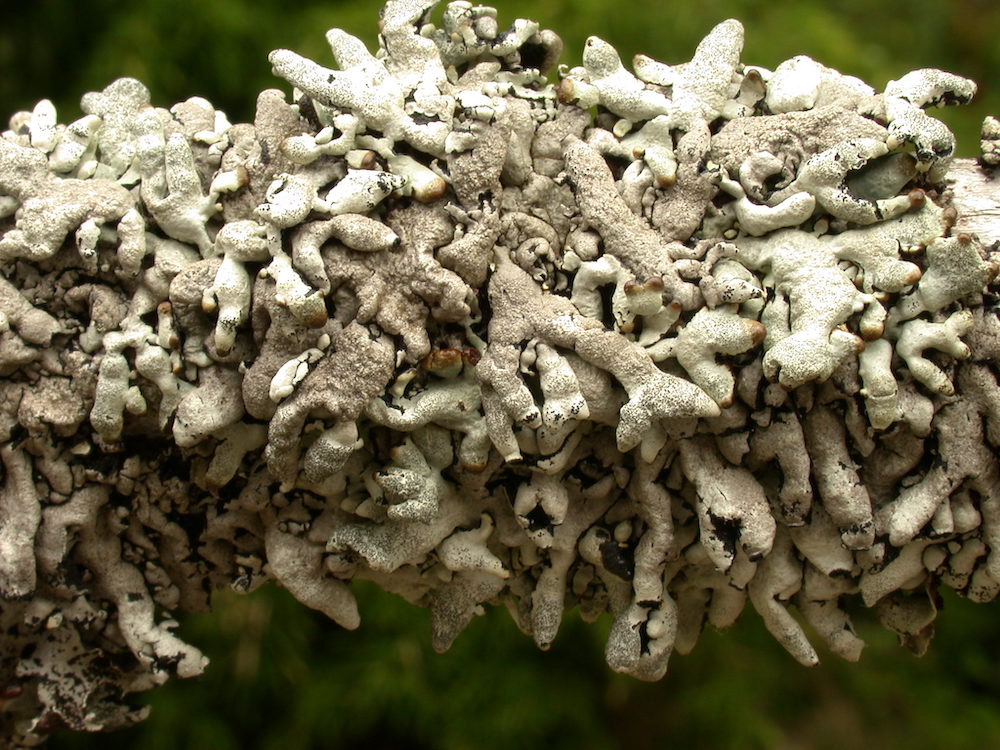Click on Characteristic name for explanation. Click on image for larger version.
Overview
| Synopsis:
| Large, appressed or trailing, puffy, often nodulose lobes, often perforate lobe tips and axils, lobe cavity with dark ceilings and floors; like H. apinnata but with short, bud-like side lobes and medulla P+R.
|
| Distribution:
| North American endemic, Alaska to California, inland to Montana
|
| Habitat:
| oceanic to suboceanic forests and open habitats
|
| Range:
| Pacific Northwest Immediate Coast, Northern Rocky Mountains, Pacific Northwest
|
| Substrate Notes: | On conifers, both bark and wood, less often on hardwoods, rarely on rock or mossy rock
| | Abundance in North America: | Locally common
| | Substrate: | Typically
| | Host: | Conifers and hardwoods, bark and wood
| | On Rock: | Never
| | On Moss/Detritus/Sod: | Never
| | Authority: | (Ach.) Nyl.
| | References: | Pike and Hale (1982).
| | Synonymy: | Hypogymnia tumidula
|
|

Habit
|
Vegetative Structures
|
|
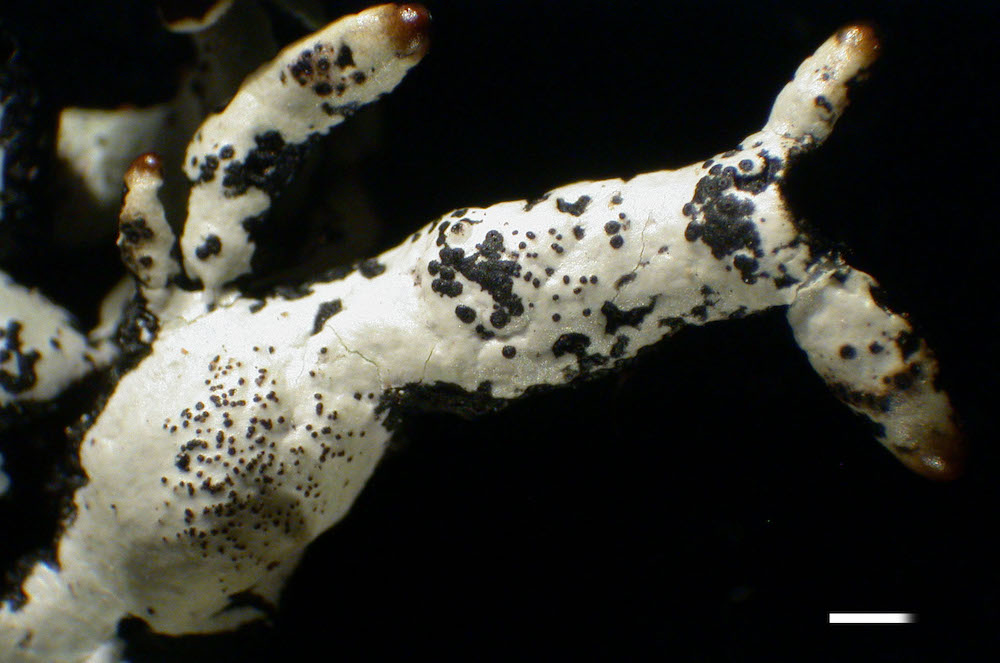
Adventitious branches and budding
5/13
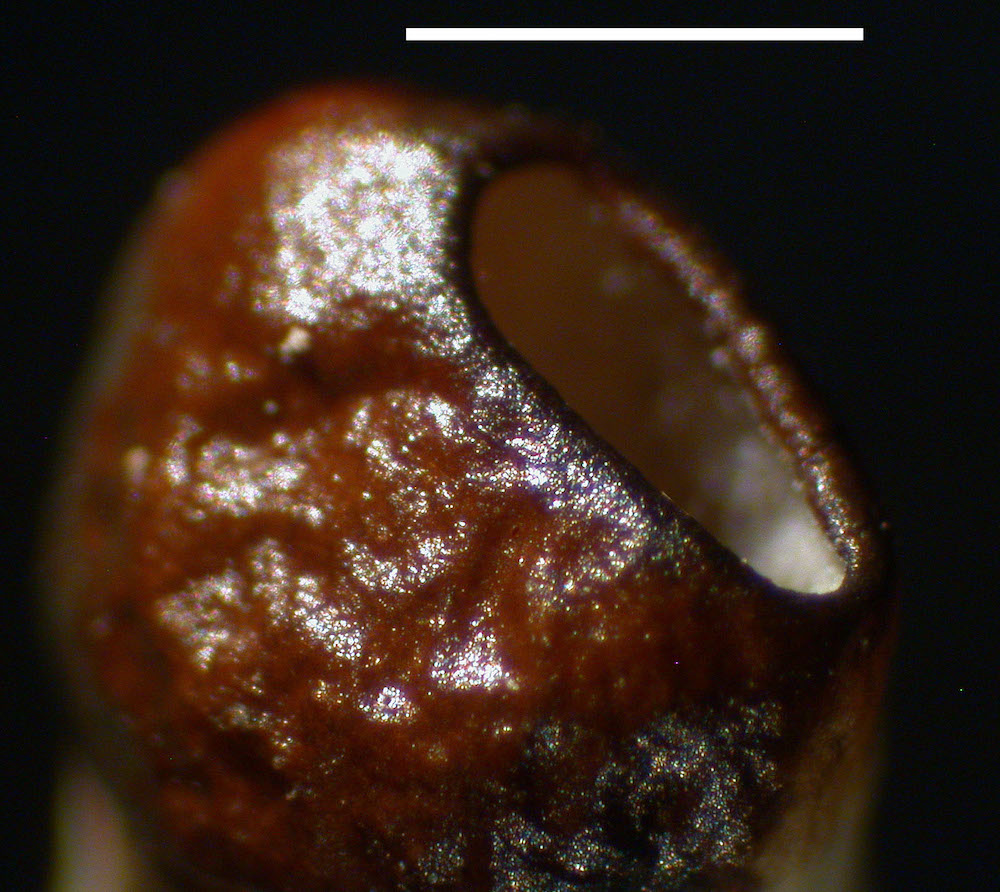
Perforate lobe tips
12/13
|
Reproductive Structures
|
|
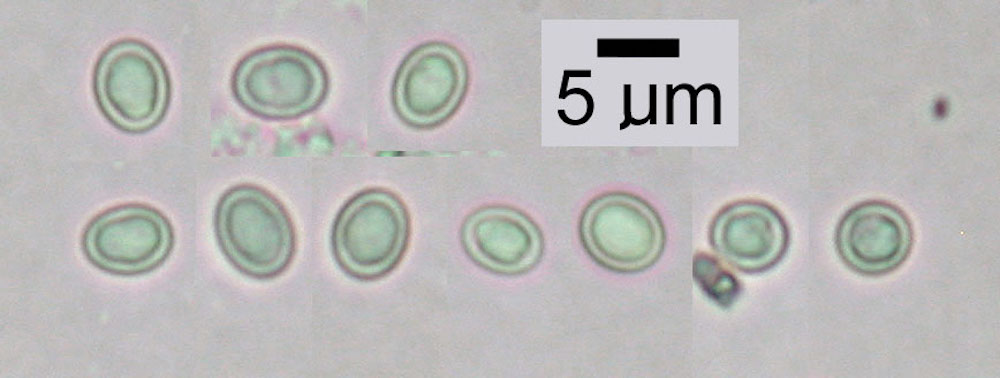
Ascospores
|
Chemistry
|
|
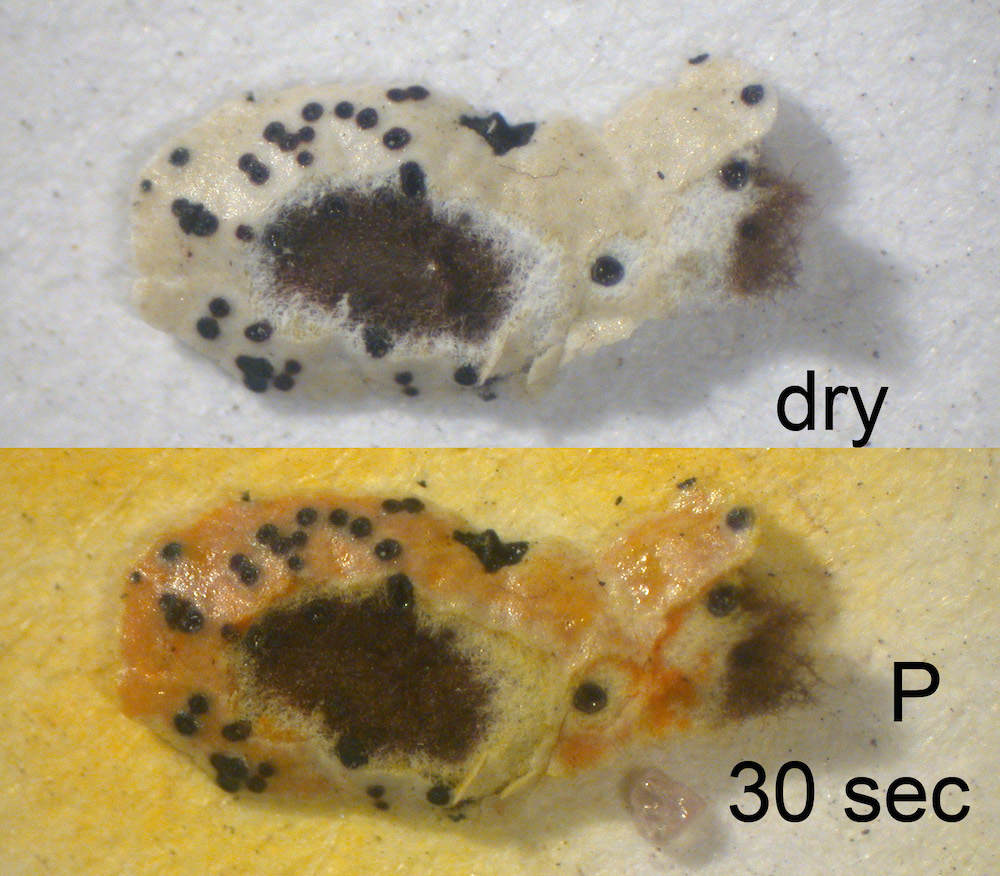
P+orange-red
|

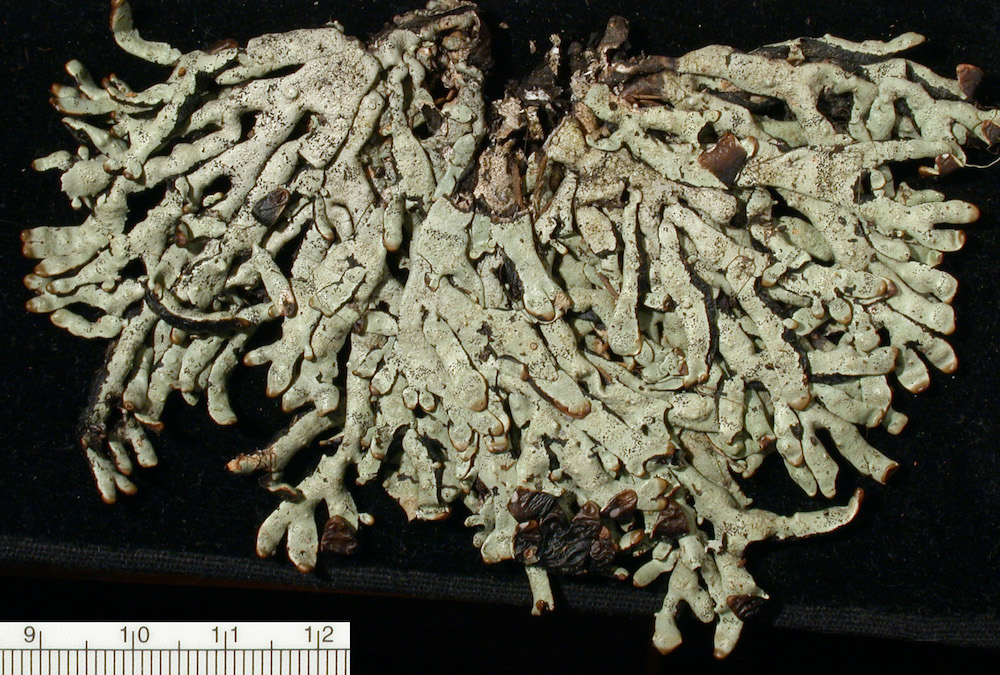
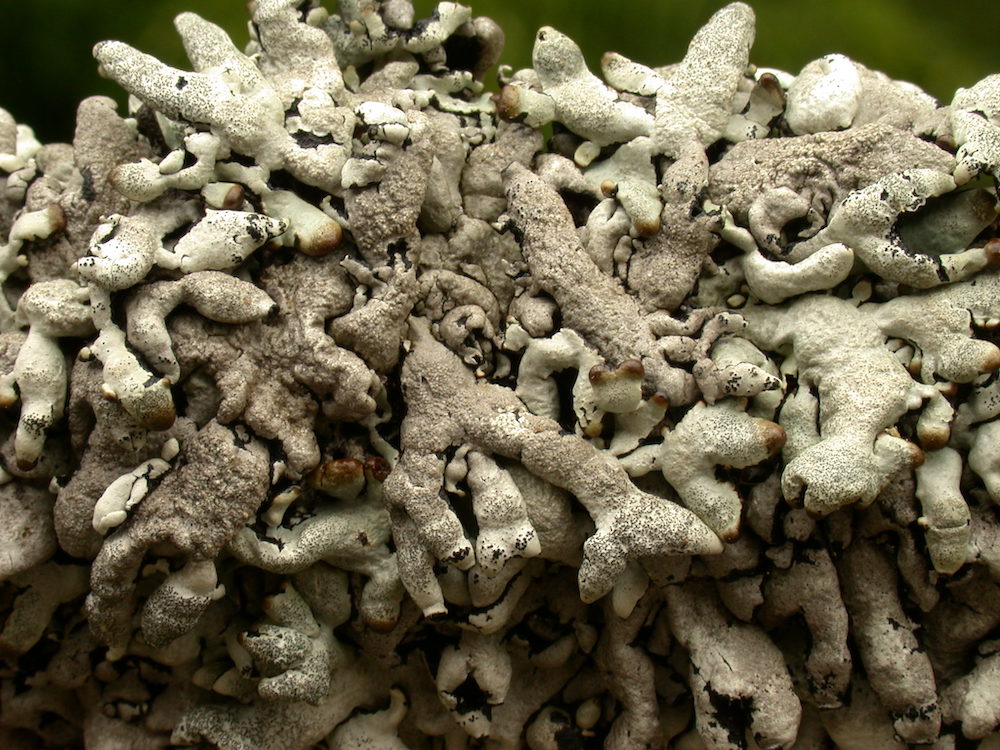
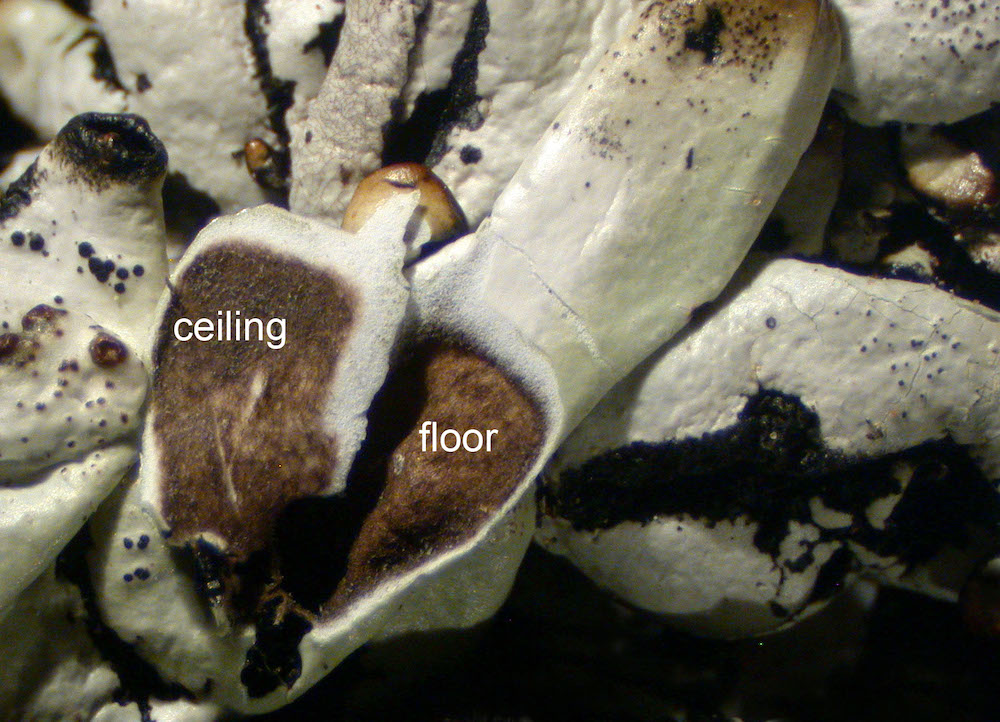
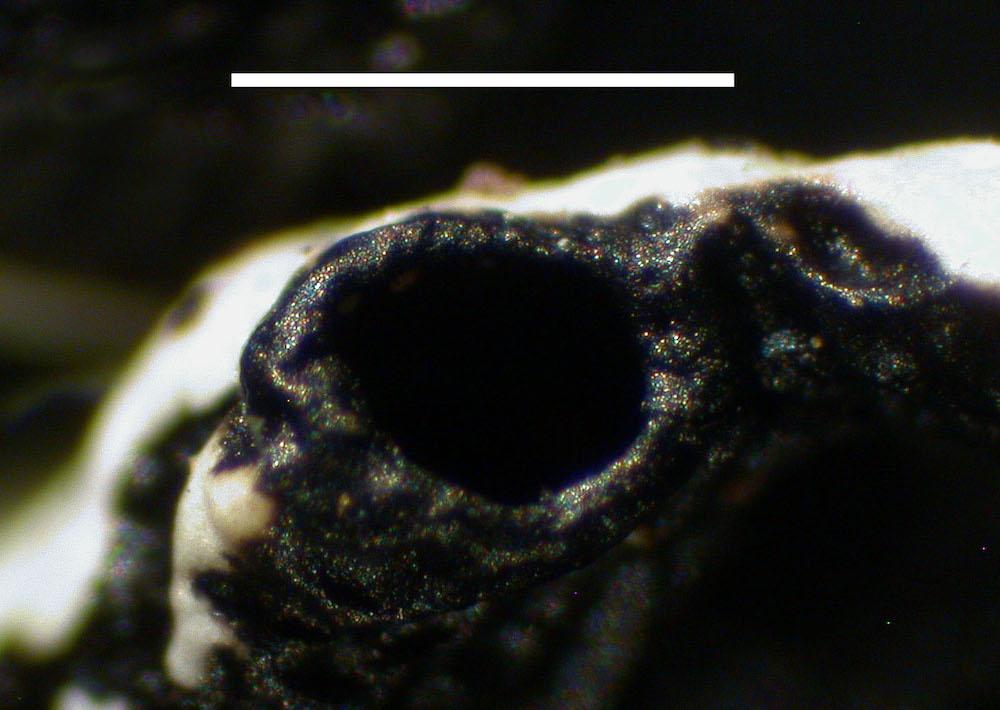

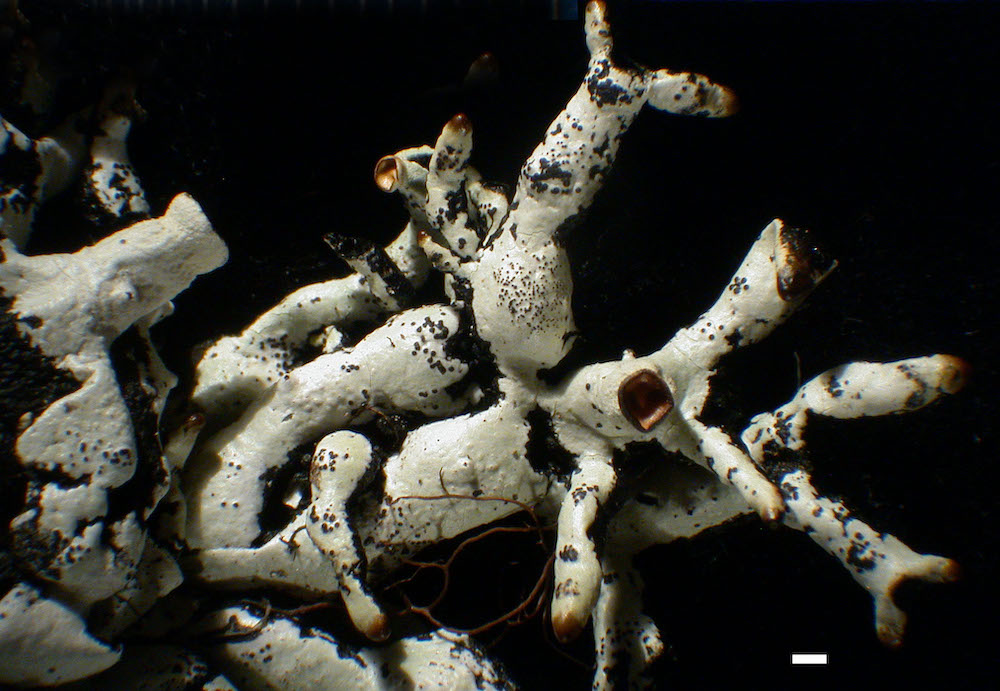
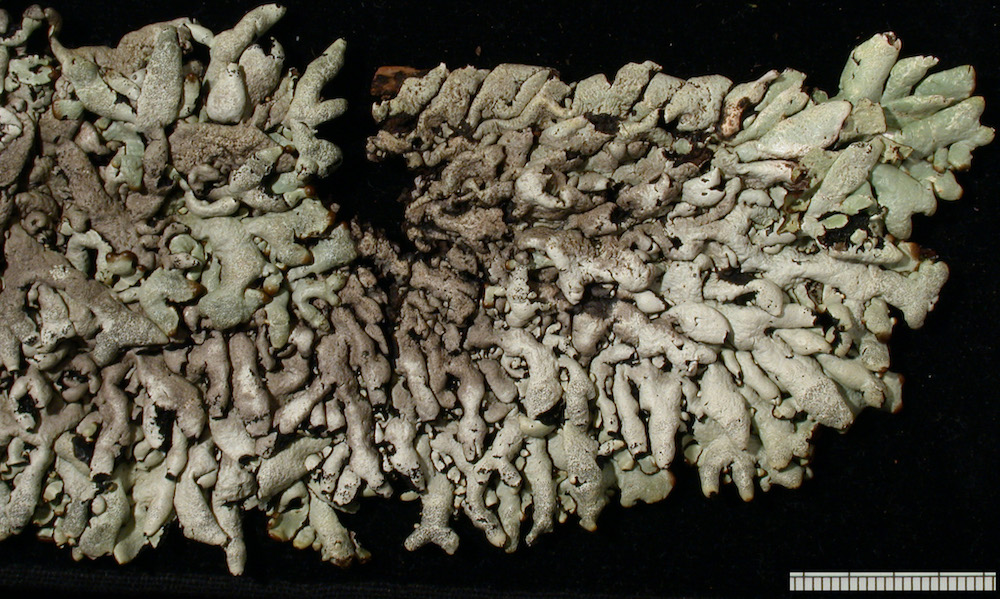
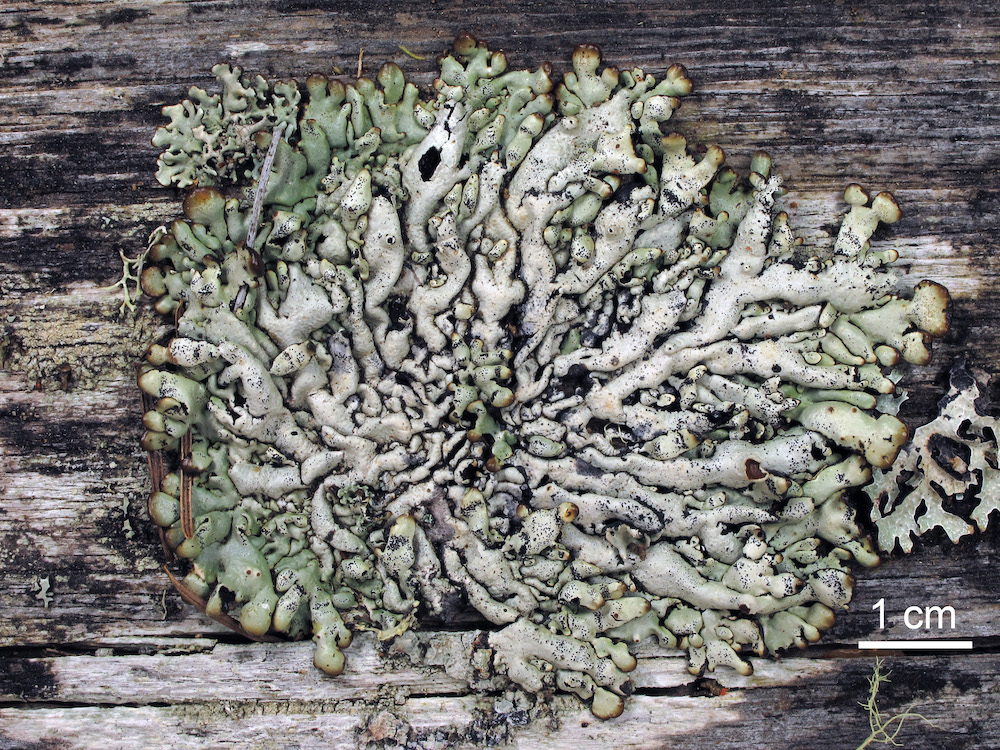
.JPG)
.JPG)
